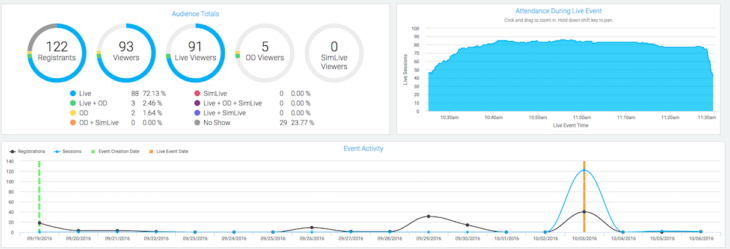6 Marketing Segmentation Tips

Marketing segmentation plays a critical role in converting leads to customers. Every one of us is different, and although technology is beginning to offer ways to target the individual, it’s far more effective to divide customers or leads into small groups split by behaviours, geographical locations or lifestyles. Identifying and understanding these target segments is key.
Six Smart Segmentation Tips for Smarter Marketing
- De-clutter your database:
Keep your customer database up-to-date and clean. Tidy up your unsubscribe lists and your low-contact engagement lists. Regularly review the contact details and ensure there are no duplicates.
- Understand your best customers:
Customers can be divided by demographics, industry, company size, page views, number of emails opened etc etc. To identify your ideal segments, collect data from things like retail store or website traffic, customer profiles, customer surveys or purchase history. Then analyse thoroughly. Demographics are important, but don’t just look at gender or age; break it down into gender and age for a clearer picture. Or use an RFM framework: recency, frequency, and monetary. How recent was the last engagement or purchase? How frequently do they buy or engage? What is the average spend? Look for patterns and identify each segment’s behaviours and preferences.
- Optimise your search strategy:
In order to customise and personalise targeting, brands need to truly understand the people behind the searching. Knowing which audiences search for which products helps brands identify their largest audience and know which segments are more likely to click and convert.
For example, popular search items like ‘Ed Sheeran tickets’ mainly appeal to millennial females, whereas it’s predominantly millennial males searching for ‘Oculus Rift’. Insights like this can help marketers optimise paid search campaigns and target key demographic segments.
- Deliver compelling content:
The best content covers topics that are relevant – what do your customers care about most? What do they want to know? What are they talking about at the moment? Identify what your target audience is searching for and which sites they are visiting the most. Then create appealing content based on your findings. Create different content for different segments.
- Determine the relevant channels:
Using your data and audience insights, determine the relevant channels and messaging to reach your target segments. Websites drive traffic from many sources – email, search, social media, blogs, etc., but you need to focus on what’s working best for you. Take a look at competitors too and see what works for them – work out why and you may be able to win over some more customers.
- Work with another brand:
Co-branding can help reach already engaged audiences by tapping into another brand’s established community. One example is the partnership between Spotify and Uber to create ‘a soundtrack for your ride’ – this helps both sets of customers have a more enjoyable experience and earns both brands more users.
Ready to Turn Insight into Impactful, Personalised Campaigns?
You’ve just discovered six sharp tips to refine your marketing—precision targeting, segmentation criteria based on relevance, clustering by behaviour and preferences, leveraging data insights and personas, dynamic content tailoring, and continuous testing and optimisation. Bombora helps you turn these strategies into real campaign results, backed by robust audience data, dynamic segmentation tools, and expertly managed live or recorded content to engage your segments where it matters most.
Let’s chat about how we can help you integrate smarter segmentation with tailored messaging and production-grade delivery for maximum engagement and ROI.
Reach out today at info@bombora.tv or call +44 20 3176 7135—we’re excited to help you bring your segments to life.
Other case studies





11 Steps To Help Your Business Transition From Physical Events To Virtual Events





